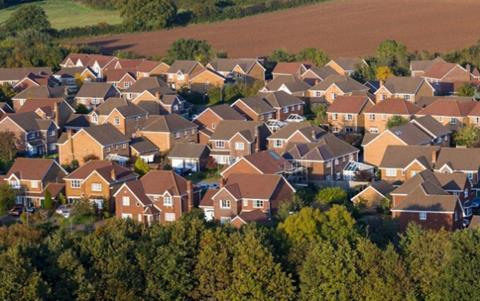Everyone aspires to have a place they can call home. Generating enough homes to service demand is the key to unlocking the housing shortage.

The reality is that we need all types of homes, from social, buy-to-rent and private ownership to retirement living. We need to provide homes for everyone: high-rise, low-rise and everything in between.
So what can be done to drive some substantive change in the sector? There is no doubt in my mind that we need to be considering our ability, current and future, to develop the homes the country needs against a backdrop of construction cost increases and labour shortages. Both of these are evident in the results of the recently published Construction Market Survey by RICS, which showed 73% of respondents foresaw an increase in such expenditure over the coming 12 months.
A step change is required to drive efficiency and the pace of construction without reducing quality. Modern methods of construction (MMC) are certainly important, but a level of guaranteed volume for these factory-built homes is required to really create the breakthrough we need. Could a relaxation of some of the Section 106 requirements be offset against building a percentage of the development site using MMC, for example?
The UK government has set out an ambitious target to deliver 300,000 homes a year by the mid-2020s, supported by several policy interventions.
The strongest rise in workloads reported in the RICS survey was for social housing, with 26% more respondents citing an increase rather than a decrease in the second quarter, compared with 6% in the first quarter. This may be an early sign that the lifting of the HRA borrowing cap to fund council housing is beginning to influence sentiment.
Interventions and rethinking by Homes England, coupled with, in some cases, a financial kickstart to some key schemes, have helped to unblock some of those schemes that would not have cut through red tape.

A flagship policy is, of course, Help to Buy. More than 210,000 properties were bought between April 2013 and the end of 2018 using a Help to Buy equity loan.
The good news is that, through this intervention and others, the total supply of houses has risen to more than 200,000 a year from a low of around 120,000 10 years ago. But the question remains: how do we get to 300,000 homes?
It is essential we also look at the wider political, economic, social and environmental aspects of new homes policy. Specifically, we must ensure that new homes are safe and energy efficient and allow communities to flourish.
However, put simply, we need more homes built and a lot of that deliverability rests with our housebuilders and construction companies to build and repurpose spaces. They need to be able to work faster, more efficiently and effectively without compromising design or quality.
When your home is probably the most expensive commitment you make in your life, whether rented or owned, you expect it to last a lifetime or beyond. Building and creating enough homes for everyone requires collaboration and partnership between the public and private sectors.
Amanda Clack is an executive director and head of strategic advisory at CBRE
































No comments yet